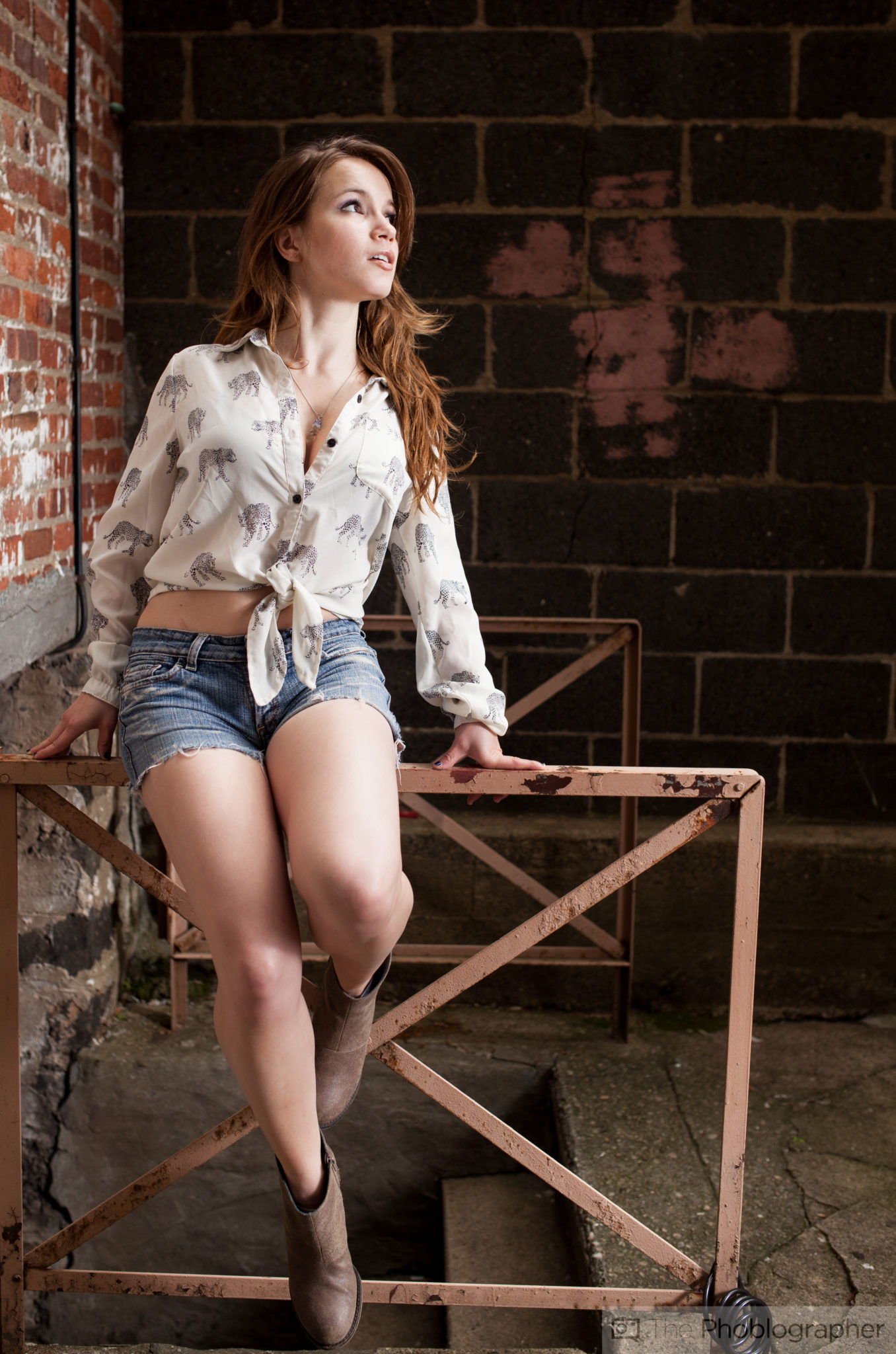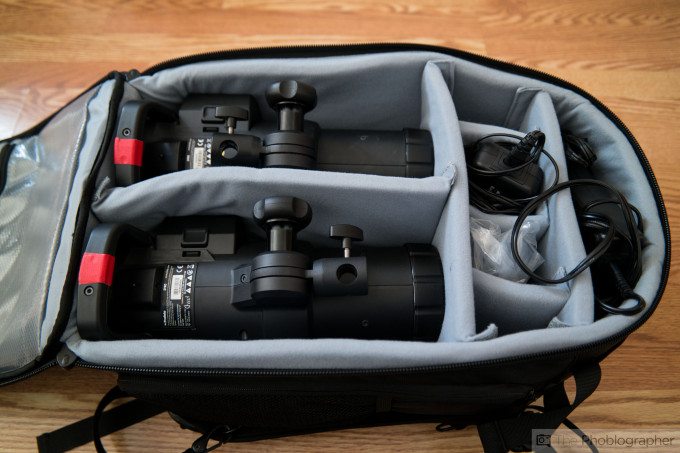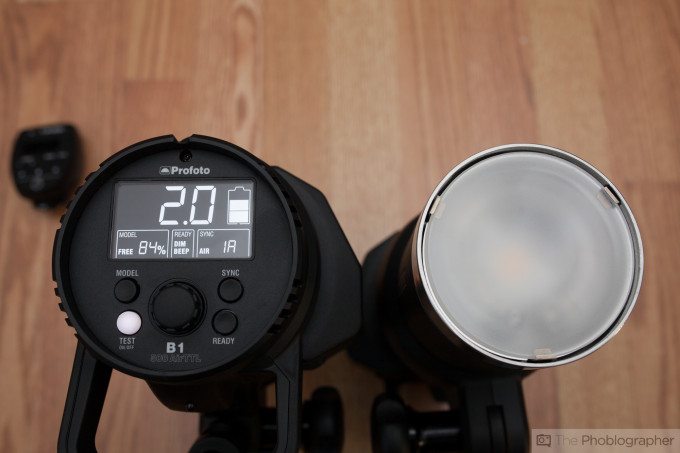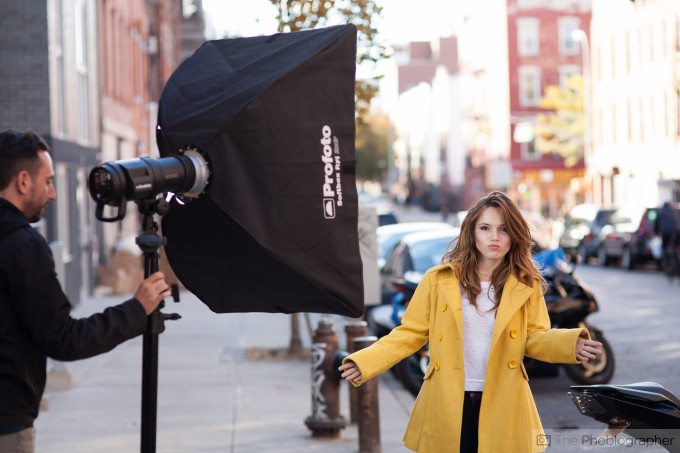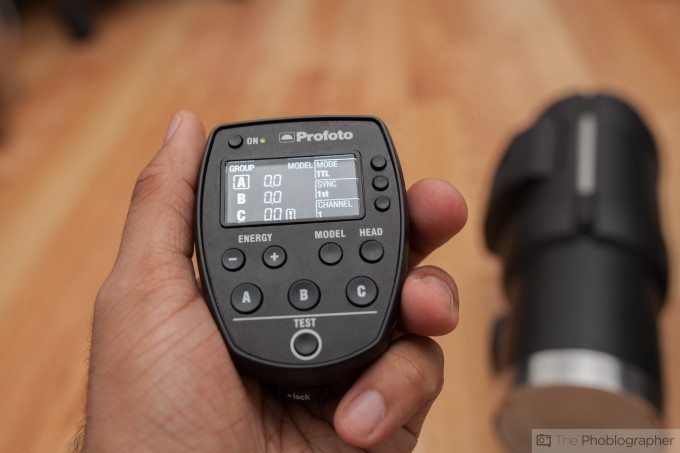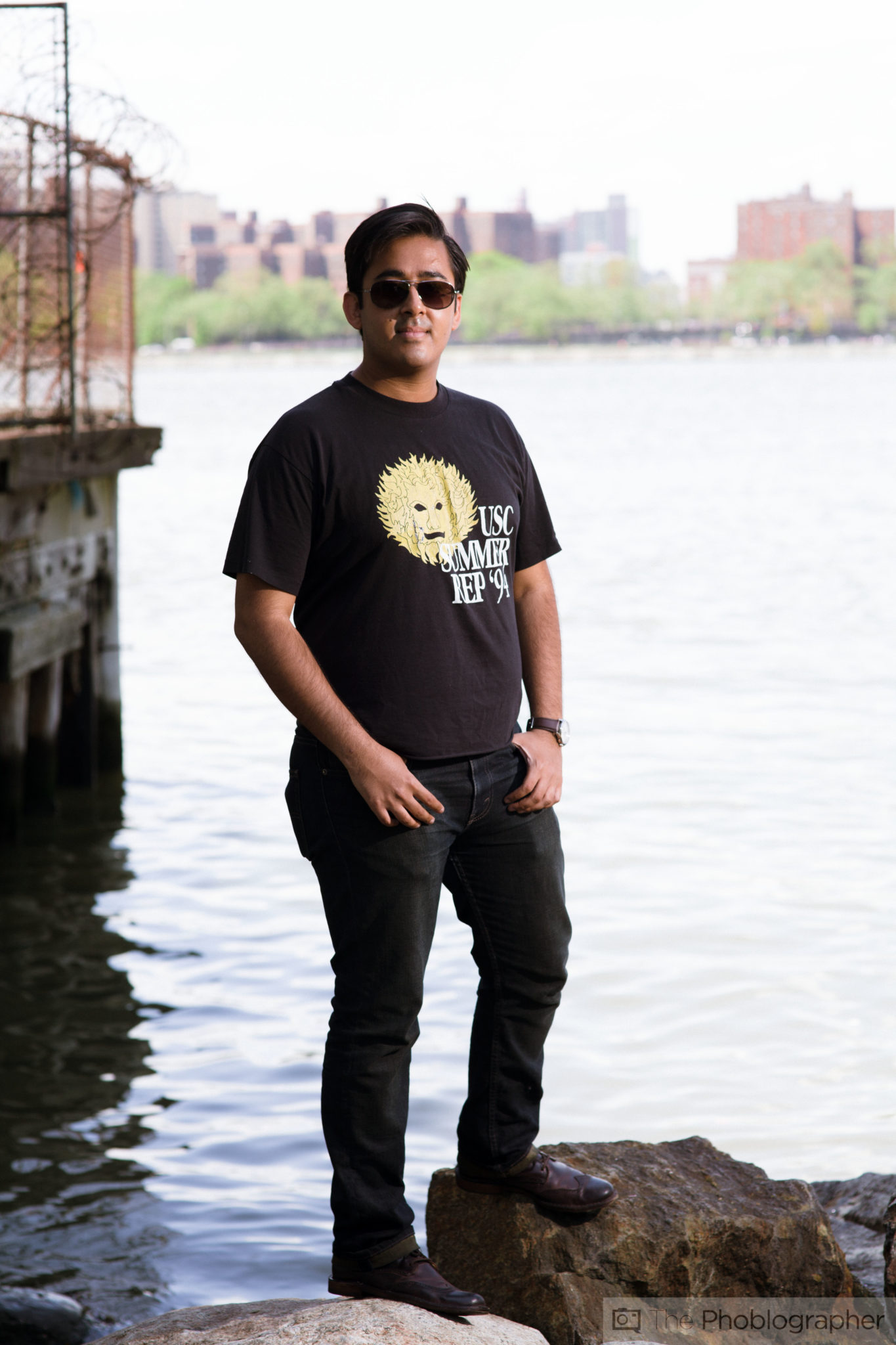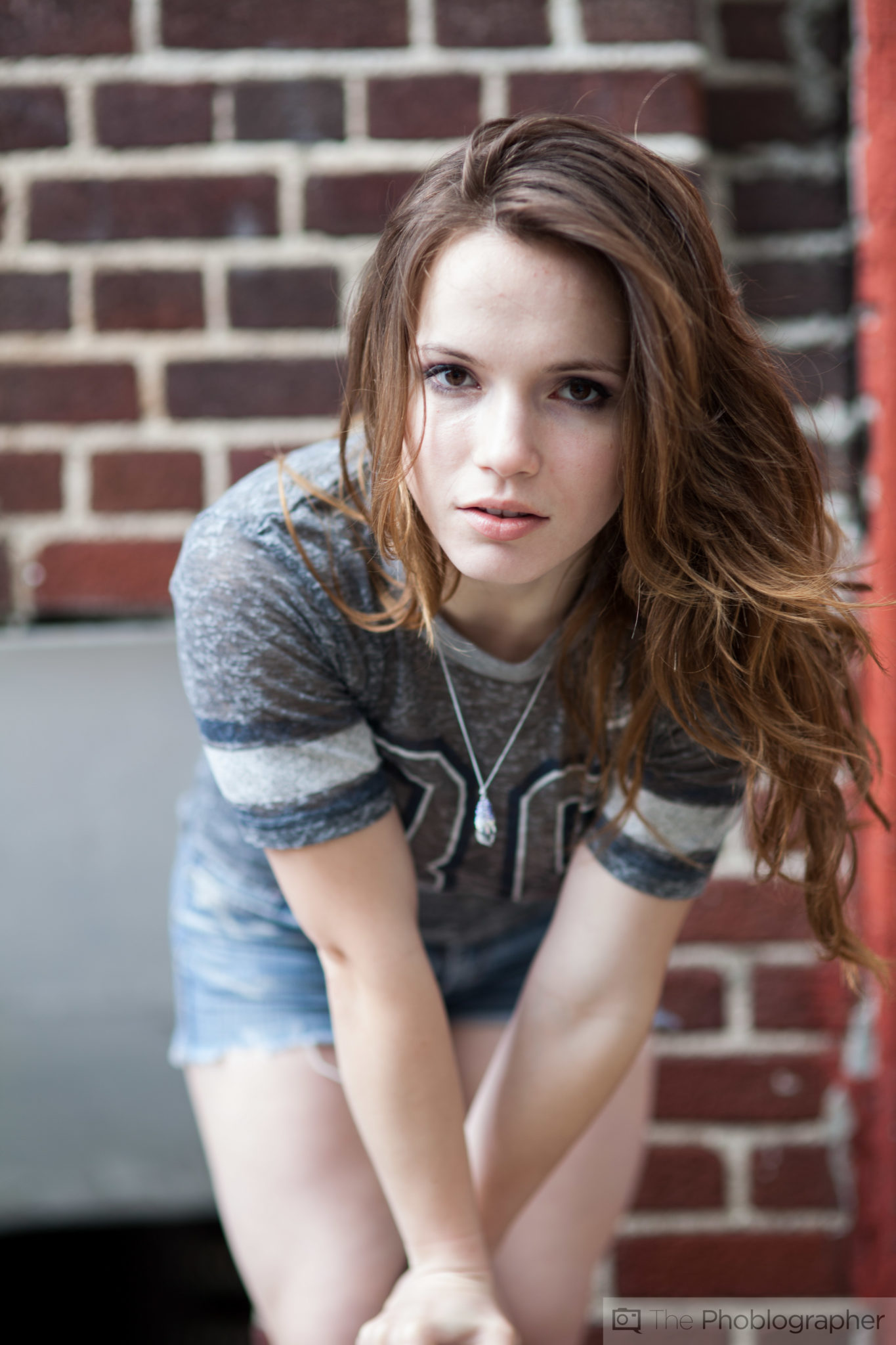Last Updated on 05/27/2014 by Chris Gampat
When Profoto first announced the B1 500 TTL light, it rocked the industry. This light is the world’s first monolight that can shoot at full TTL exposure metering with Canon’s DSLRs. The company promises that a Nikon version is coming later on as well as further improvements to the Canon version. This light is capable of not only shooting at full TTL with Canon DSLRs and cameras, but it can also shoot in manual mode. With an interesting design incorporating the battery into the unit itself, it’s also not going to take up more room in your camera bag when you factor in dividers and the like.
Capable of shooting at 500 watt seconds of power, the monolight is pretty much around the output of six speedlights. Those tend to sell for around $500 a pop. And while Profoto’s B1 500 is around the same price (at least according to MAP) you still get the space advantage and much better color consistency. Plus, there is no need for extra batteries for each monolight because they’re integrated in.
But Profoto’s B1 500 TTL is best for wedding photographers and high end portrait/product photographers. However, it could convince others to jump on the bandwagon.
Pros and Cons
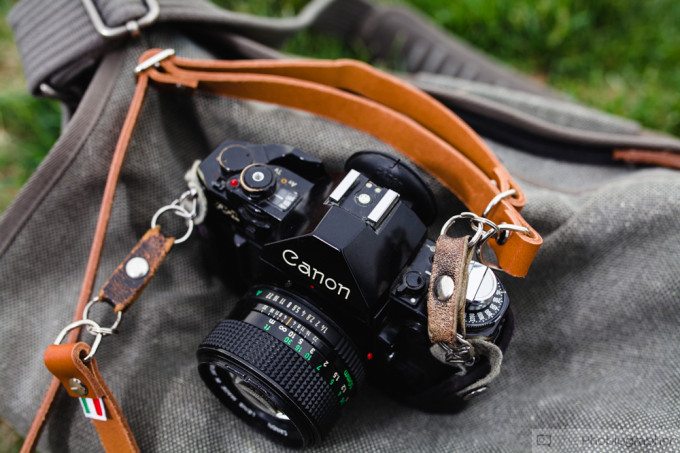
Pros
– Great light output
– Excellent color consistency
– Simplistic user interface
Cons
– It’s a nearly perfect product; but could be lighter and smaller.
Gear Used
We tested the Profoto B1 500 TTL light with the Canon 5D Mk II, Sigma 85mm f1.4, Sigma 35mm f1.4, and Profoto XL White and Silver umbrellas.
Tech Specs
Taken from our first impressions post
Specifications |
|
|
Max energy |
500 Ws |
|
Energy range |
9 f-stops (2-500Ws) |
|
Energy control increments |
1/10 or full f-stops |
|
Recycling time |
0.2-1.9s (Quick burst up to 20 flashes/second) |
|
Max modeling light (W) |
20W LED (Output equivalent to 70W Halogen) |
|
Modeling light control |
Off, Proportional, Free (5-100%) |
|
Mode control |
Freeze (shortest flash duration) or Normal (color balanced) mode. |
|
Flash duration Normal Mode (t0.5) |
1/11,000s (2Ws) – 1/1000s (500W) |
|
Flash duration Freeze Mode (t0.5) |
1/19,000s (2Ws)- 1/1000s (500W) |
|
Energy stability Normal Mode |
+ – 1/20 f-stop flash to flash |
|
Energy stability Color Mode |
+ – 1/20 f-stop flash to flash |
|
Color stability Normal Mode |
+ – 150K over range; + – 20K flash to flash |
|
Color stability Freeze Mode |
+ – 800K over range; + – 50K flash to flash |
|
Guide number@ 2m, 100 ISO with Magnum Reflector |
45 2/10 |
|
Input power supply |
Exchangeable Lithium-Ion Battery 14.8V/3Ah |
|
Battery capacity |
Up to 220 full power flashes |
|
Synchronization and control |
|
|
Sync socket(s) |
1 |
|
Wire sync voltage |
Compliant to ISO 10330 standard |
|
Wire sync connector |
3.5 Mini-Phono |
|
Photocell/IR-slave and switch |
Yes |
|
Radio sync & control |
Yes, Built in AirTTL supporting wireless sync, control and TTL. (Requires Air Remote TTL. Sold separately.) |
|
Radio sync range |
Up to 300m (1,000 ft) |
|
Miscellaneous |
|
|
Function display |
Multifunction LCD display. |
|
Fan cooling |
Yes, thermally controlled fan speed for low noise level. |
|
Ready signaling |
Yes, ready lamp, dim and/or switchable beep sound. |
|
Auto dumping |
Yes |
|
USB interface |
Yes, USB mini port for FW upgrading. |
|
Quick Burst |
Quick Burst capability of up to 30 flashes per sec- ond. |
|
Measurements |
|
|
Dimensions |
31 x 14 x 21cm (12.2 x 5.5 x 8.3 inch) |
|
Weight |
3.0 kg (6.6lbs( including battery. |
|
Frequency band: |
2.4 GHz |
|
No. of frequency channels: |
8 |
|
No. of remote/TTL control groups per channel: |
3(A-C) |
|
Operation modes: |
TTL & Manual |
|
TTL camera compatibility: |
Canon E-TTL II |
|
Wireless Range: |
Normal sync up to 300 m *1ooft) Remote control and TTL sync up to 100 Meters (330 ft) |
|
Battery type: |
2xAAA (Alkaline) |
|
Typical battery lifetime: |
30 hours |
|
Antenna type: |
Integrated |
|
Auto power off: |
Yes, 30 min of inactivity |
|
Mount & Connections |
|
|
Camera mount/Sync in: |
Canon hot shoe only |
|
FW upgrade: |
USB Mini |
|
Supported Air Functionality |
|
|
Sync/Trigger: |
Yes, triggers Air Remote & Air Sync transceivers plus all Profoto flashes with AirS, Air or AirTTL support. |
|
Remote control: |
Yes, TTL group control for all Profoto flashes with Air or AirTTL support. |
|
TTL control: |
Yes, TTL group control for all Profoto flashes with AirTTL support |
|
Measurements |
|
|
Dimensions: |
75x60x35mm (2.9×2.3×1.4 inch) |
|
Weight: |
75g (2.5 oz) including batteries |
Ergonomics
Taken from our first impressions post
Profoto’s B1 500 AirTTL is a light that incorporates the battery unit into the actual body design–which means that you’ll have no need for a larger battery pack of some sort. These batteries are detachable and can be charged via either a quick charger, normal charger, or a car charger depending on which one you specifically fancy.
In this area, you also have the option of plugging in a USB connection cord for firmware updates.
When I initially took the light out for a shoot, I thought that the battery wouldn’t be very secure. However, it stood up with no issues. The last thing that any photographer wants is a battery come crashing down on an assistant’s face.
The back is where you’ll control the entire light–that is unless you’re using the Air Remote TTL-C which we will get to in a little bit. Here you’ll find controls for the modelling light, sync type, ready button, controller knob and the test button. By pressing these, holding these, or holding these in combination with the controller knob you can access a variety of functions.
The front of the light has a frosted area that can be further protected with a cap that comes with the unit.
The top of the Profoto B1 unit is where you’ll find the light’s umbrella stand. This is where I have an major complaint about the design. While the stand/slot won’t make your umbrella rattle around, we would have liked a little tightening knob (similar to Paul C Buff’s Einstein light) on top so that an umbrella doesn’t accidentally fly out.
On the bottom of the light is the connector to a light stand and angle adjustment knob.
Build Quality
Profoto’s B1 500 TTL is built very solidly. However, it is a bit heavy due to the fact that the battery is built right into it. This isn’t a very big problem though–we carried it around on two photo walks in a camera bag and didn’t really think that it was too problematic.
The heavy weight and the added possibility of mounting a softbox or an umbrella onto the unit will make you want to ensure that your light stand has sandbags just in case a big wind gust comes in. That should go without saying, but you’d be amazed to know how many strobists don’t use sandbags.
Ease of Use

The Profoto B1 500 TTL is capable of doing pretty much everything that a speedlight can do. It can do ratios, groups, etc. All of this can be controlled via the Profoto TTL Air Remote. It’s fairly simple to work with them but we’ve been trained that when you get to ratio work, it’s often better and easier to set the lights manually due to the behavior of TTL to begin with.
Still, it’s nice to know that you can do all this.
At the moment of publishing this article, the light isn’t capable of high speed sync. But Profoto says that this ia a feature that it absoutely coming soon.
What we ended up doing often throughout the review was turning the light power output down due to just how powerful it can be. This can easily be done by using the flash compensation settings on the camera or by using the Profoto remote.
The remote isn’t as simple as Phottix’s Odin; but it is still much better than most of the rest.
Light Output
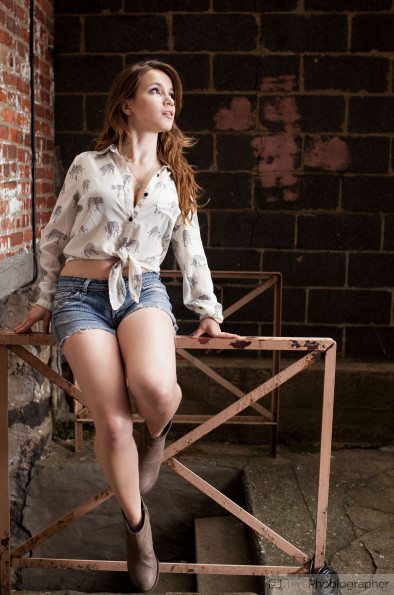
When it comes to pure image quality and light output, Profoto’s B1 500 TTL performs just as spectacularly as something like Phottix’s Odin system of speedlights. By that, we mean that the TTL output seems to work better than Canon’s own.
Power
If you’re the type of person that likes to create lots of light and sometimes wants to make it look natural, then this is great option considering the power output of 500 watt seconds–which is the equivalent of around six speedlights. The type of photographer that would love this is the location portrait photographer and first and foremost–the wedding shooter.
With 500 watt seconds of power output, a photographer is easily able to illuminate a large room but perhaps not really a reception hall unless you’re willing to crank your ISOs up a bit more. If you’re going to go into the wedding world with these lights, we’d recommend purchasing two: which is the equivalent of around 12 speedlights.
However, it is more than possible to only use and need one light if it is positioned in the correct location.
Color Consistency
Throughout our testing, we found the color consistency to be spot on shot after shot. To do this, we tested our production version in a custom/manual white balance. For photographers working in Adobe Lightroom and not wanting to sync an entire session’s white balance and tint, this is very important. Again, this is incredibly important for wedding photographers that have loads and images per folder/catalog.
This is a characteristic that we’ve come to expect from Profoto though.
Extra Image Samples
Here are some extra image samples.
Conclusions
Likes
– TTL control and output from a monolight
– Great build quality
– Excellent integration into Canon’s camera system
– No need for an umbrella reflector
Dislikes
– Expensive
Profoto’s B1 500 TTL monolight is one of the first lights to offer photographers the best of both worlds. It has the power of a monolight but also has TTL integration. While some may feel that it is a bit heavy and large, we’ve seen much worse. There is also the price that needs to be considered. But for what it’s worth, you’ll probably pay around the same amount of money for the same power output from speedlights. If anything, hopefully this will make the first party companies drop their prices a bit.
The lighting can be adjusted via the camera or the Air remote; which once again gives the user lots of options and makes it really simple. The only thing simpler is what Phottix offers with the Odin; but that’s for speedlights and not a monolight.
The market that would make the most use of this light is the wedding industry. In fact, it was seemingly designed for it. We only recommend it if you need them though–and that may only really pertain to the higher end of the wedding and portrait world.
The Profoto B1 500 TTL light receives our Editor’s Choice award. But again, we don’t think that everyone needs them.
We rate the Profoto B1 500 TTL at five out of five stars.
It can be purchased at B&H Photo, Adorama and Amazon for around $1,995. Note that pricing may vary.
Recommended Cameras and Accessories
Canon 5D Mk III- Canon’s most popular camera amongst professional photographers is a strong recommendation to be used with this light. However, the Mk II version also doesn’t suffer from any issues.
Canon 1D X- The company’s top of the line pro DSLR wouldn’t have been on this list if it weren’t for the Profoto firmware update that just came out.


